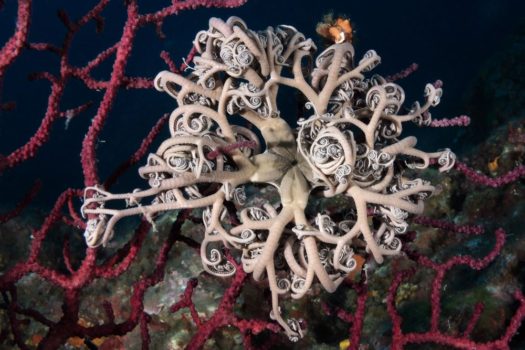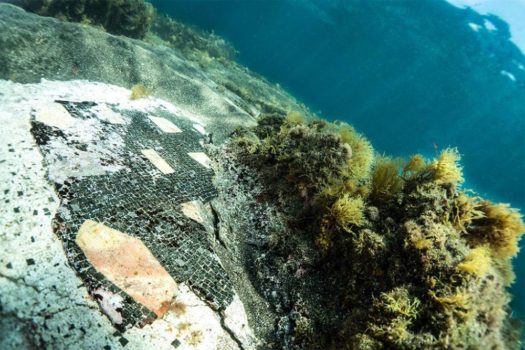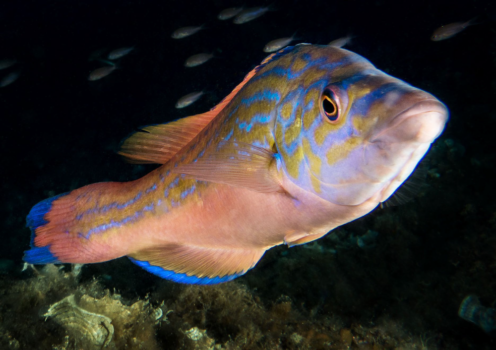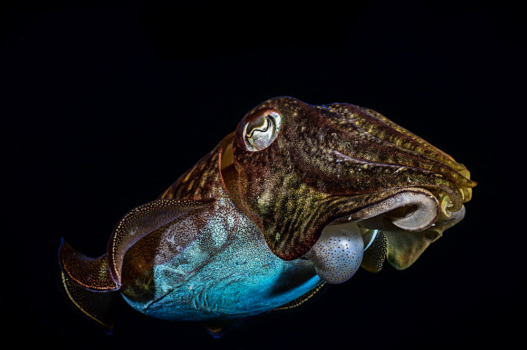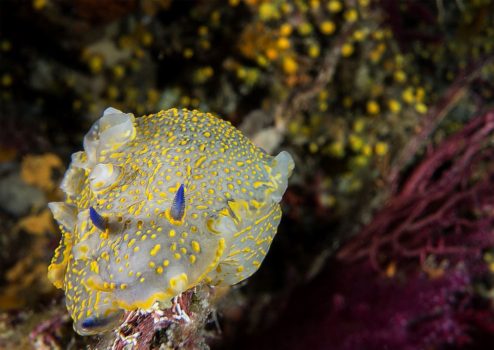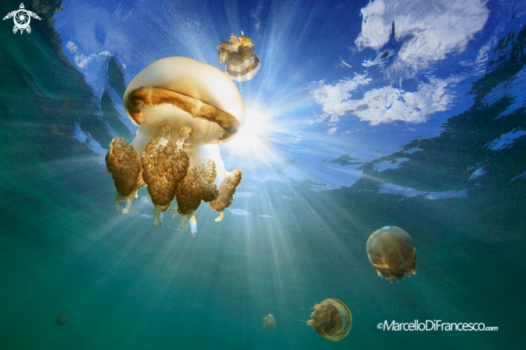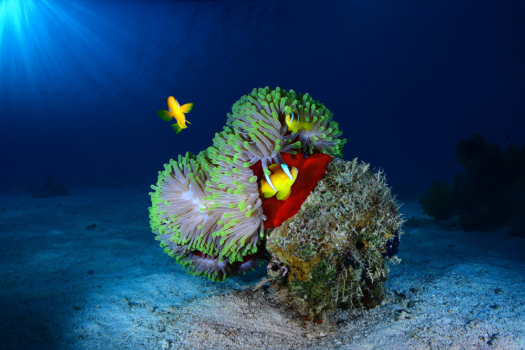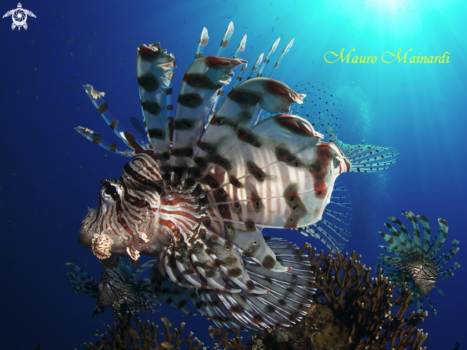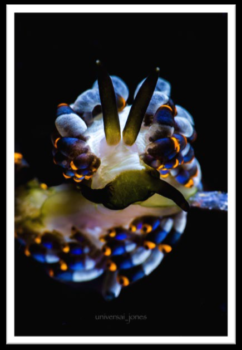Love, Learn, Respect and Protect
This meeting rests its foundations on the peculiarities of marine protected area in Portofino.
Francesco Turano (www.francescoturano.it) and Michele Solca got the idea to associate the various periods of the year with the meetings that can be done, highlighting the seasonality of marine life, to see – and photograph – at best meetings and situations that can develop right in front of our eyes; then, we speak about one of the most valuable actors of MPA: fishes. In this kind of environment, we can see them acting like the human presence doesn’t matter; so they swim, they hunt and they maintain the habits that are expected to have in normal situations.
An analysis of current trends follows, and we talk about the presence of the proliferation of organisms such as the gorgon star (Astrospartus mediterraneus, of which you can read in a dedicated article on the number 36 of Scubashooters Magazine) or the Short-spine slate pen sea urchin (Stylocidaris affinis), of the discovery of a new chromatic variation of red sea fan (Paramuricea clavata) and the first sighting of Atlantic runner crab (Percnon gibbesi).
Then we talk about a great stakeholder in Portofino, Diving Evolution, and we emphasize the attention to the environment, its protection and the need for training that allows us to better appreciate what nature offers us while we dive: more than a mission for this diving center.
In conclusion, we are talking about virtuous models of human-environment interaction, declining some keywords that sound like a sort of mantra for me: Love, Learn, Respect, Protect. Love (for the Sea itself and its inhabitants) can give a boost to Learn what really is what we interacted with underwater, to cultivate their Respect and then going to Protect…and return to Love him more than before. A splendid virtuos circle that will allow you to return something to that Submerged World that gives us a great deal.
WORDS and VIDEO by Michele Solca & Francesco Turano






